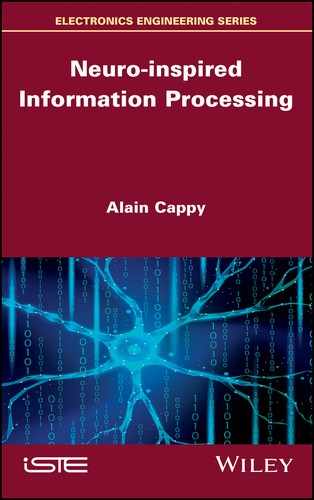Book Description
With the end of Moore's law and the emergence of new application needs such as those of the Internet of Things (IoT) or artificial intelligence (AI), neuro-inspired, or neuromorphic, information processing is attracting more and more attention from the scientific community. Its principle is to emulate in a simplified way the formidable machine to process information which is the brain, with neurons and artificial synapses organized in network. These networks can be software – and therefore implemented in the form of a computer program – but also hardware and produced by nanoelectronic circuits. The 'material' path allows very low energy consumption, and the possibility of faithfully reproducing the shape and dynamics of the action potentials of living neurons (biomimetic approach) or even being up to a thousand times faster (high frequency approach). This path is promising and welcomed by the major manufacturers of nanoelectronics, as circuits can now today integrate several million neurons and artificial synapses.
